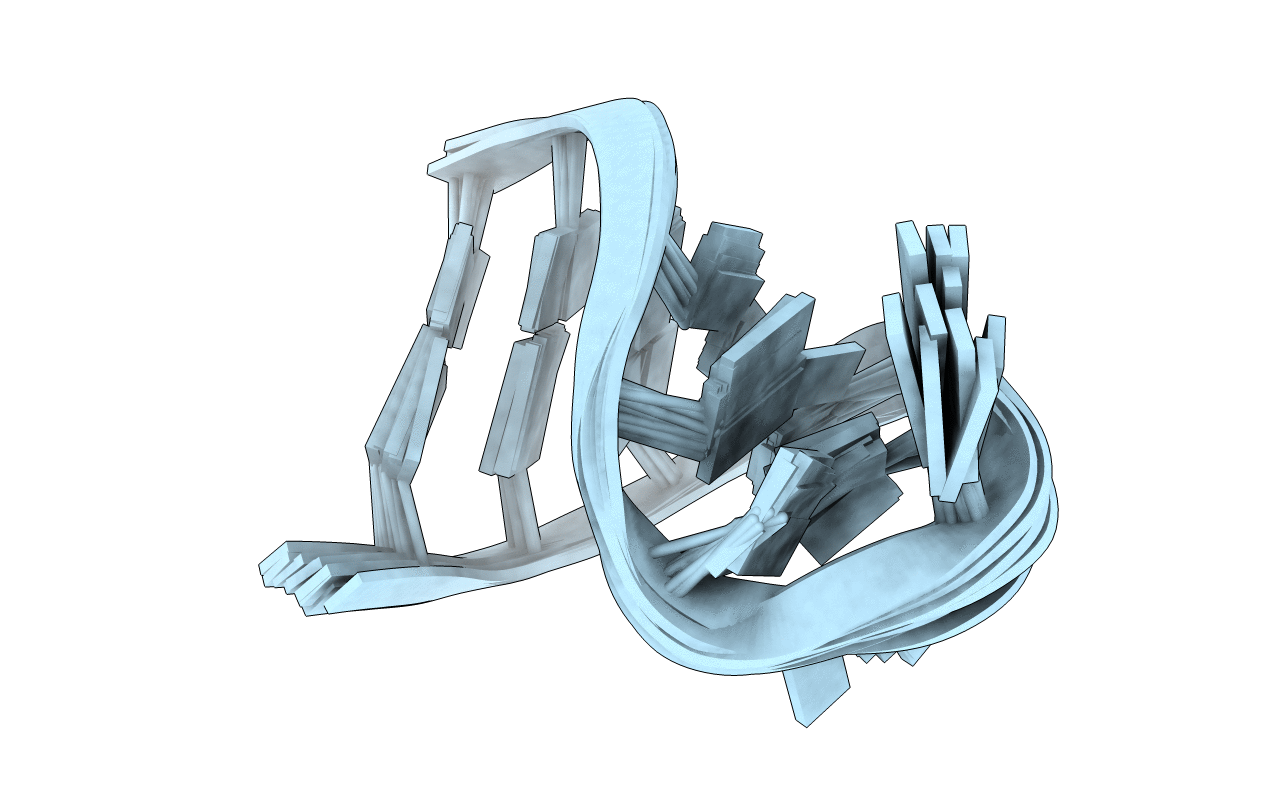
Deposition Date
2003-12-02
Release Date
2004-05-18
Last Version Date
2024-05-22
Entry Detail
PDB ID:
1ROQ
Keywords:
Title:
Extending the Family of UNCG-like Tetraloop Motifs: NMR Structure of a CACG Tetraloop from Coxsackievirus B3
Biological Source:
Source Organism:
Method Details:
Experimental Method:
Conformers Calculated:
20
Conformers Submitted:
10
Selection Criteria:
structures with the lowest energy


